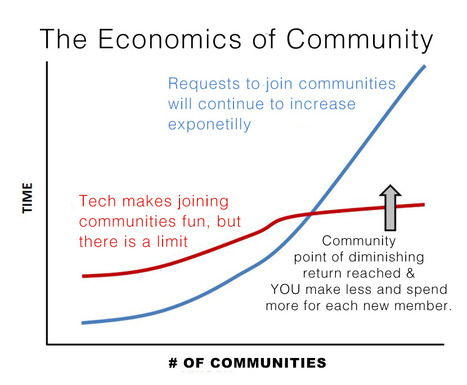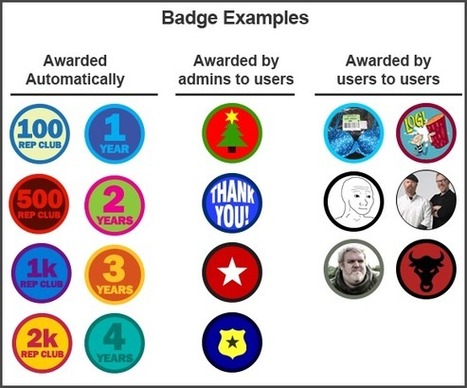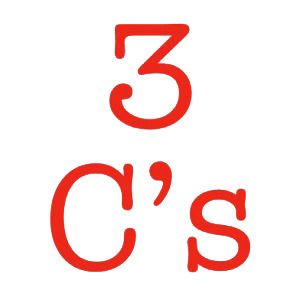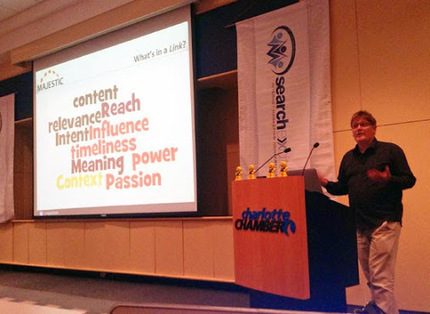Community shock, diminishing return on adding new members, is coming like a marketing tsunami. Create community today to avoid community shock tomorrow.
Research and publish the best content.
Get Started for FREE
Sign up with Facebook Sign up with X
I don't have a Facebook or a X account
Already have an account: Login
 Your new post is loading... Your new post is loading...
 Your new post is loading... Your new post is loading...
|

malek's curator insight,
March 11, 2014 11:34 AM
A great piece about going back to basics, human psychology. Understanding the mental triggers of cost vs value, novelty in tandem with scarcity. Hidden between the lines is dopamine, the pleasure hormone.

Shaz J's comment,
September 3, 2012 3:20 AM
You're welcome :)
It's interesting interesting that you mention POV and stance, as that is not something I had explicitly articulated for myself, but naturally it must be implicitly true. In that sense, it reminds me (again) that curation forces self-reflection in order to present the content better, and that can only be a good thing. 
Liz Renshaw's comment,
September 8, 2012 9:57 PM
Agree with posts about curation guiding self reflection. This interview in particular is top value and two of my fav people indeed.

Andrew McRobert's curator insight,
August 19, 2014 8:43 AM
8. This links a series of three interviews quite lengthy but there is some insightful information for the novice in the digital information age. There is video links within the article, including a great question and answer with Robin Good on curation. The video brings a balance to this inclusion. |













![Curators Create Metadata For An Emerging Collective Intelligence [+Robin Good Note] | BI Revolution | Scoop.it](https://img.scoop.it/vzde2p5JYPsaZ2T72YNipDl72eJkfbmt4t8yenImKBVvK0kTmF0xjctABnaLJIm9)




